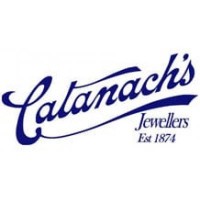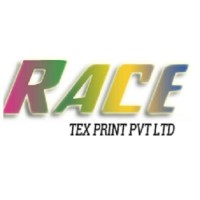Baby Bibs: Reinventing a Timeless Virtue

Taking care of all this mess isn't easy, and you might find
yourself overworked and agitated with a never ending pile of clothes to clean.
Luckily, a baby bib can be the answer for all your baby-mess troubles, and you
can stop worrying about protecting that precious Christmas sweater from food
stains.
Why do I need a bib
for my baby?
Constantly doing laundry or seeing expensive clothes get
ruined can push you to the point of exhaustion. Not to forget dressing and
re-dressing kids is a significant amount of work and take a lot of effort,
especially for squirmy babies.
A handy baby bib not only protects the clothes from drool,
spit, and stains, but also saves you from the above mentioned headaches. Bibs
reduce the cleaning effort, save clothes, and make your parenting life much
more enjoyable. However, baby bibs can also stain, and the cheaper ones that
don’t fully protect clothes can double your effort. So do thorough research on
the bib’s material and read bib buying reviews, so you don't end up with a
faulty and useless purchase.
You'll be genuinely surprised by the variety and types of
baby bibs that are currently available in the market. Each variant has a
different formulation to fulfill different customer requirements. Such as
infants need a bib that can wipe off fluids and can absorb moisture. Similarly,
toddlers mostly have a solid food diet, therefore, they require a wipe-able bib
made using synthetic materials.

When can babies start
using bibs?
You put a bib on your baby as soon as you feel the need to
protect their clothes from saliva or milk stains. Most parents start using them
as early as two weeks old to wipe off drool and fluids from their baby’ face.
However, you can wait until your child start’s weaning, as their interaction
with solid foods is much messier and more difficult to clean.
When should babies
stop using bibs?
There is no right time to say when a child should stop using his/her bib. As we know, some kids are messier than the others or require extra support to control and manage their actions. Similarly, kids suffering from acid reflux might take a lot longer to outgrow the need for a bib.
Most kids do not need a baby bib by the time they reach two years old. Granted it might still be hard for them to adjust to a non-mess policy, but they’ll quickly learn to eat cleanly.
Do babies need bibs for breastfeeding?
Yes, baby bibs are handy for
newborns, especially for the ones who spit and drool a lot during
breastfeeding. Keeping the bib around your baby's neck during nursing can make
the experience less messy, and you'll always have an extra wipe cloth to clean
your baby's face.
Most children fall asleep after
nursing, therefore, taking off the bib while your child is sleeping is very tricky.
Make sure to remove the bib after breastfeeding to avoid disturbing your child
in their sleep.
Can babies wear bibs while sleeping?
The resounding answer to this
question is NO. Baby bibs have safety pins, Velcro, and other safety hazards
that might cause irritation or pain to your little one during the night.
More importantly, it’s a choking
hazard to put your baby to sleep in a bib as it can tighten around his/her neck
even with little neck movements. Or the flap can go in their mouth during the
night and cause suffocation.
Can I make a baby bib at home?
Yes, you can make a cute,
customized baby bib for your little ball of joy. A useful DIY skill is a
significant weapon for anyone, and we are here to help strengthen your mighty
war chest. Baby bibs are relatively easy to make and require minimal sewing
skills. We are listing a quick step by step for you to follow:
●
Pick a soft cloth and
carefully cut out a bib pattern
●
Place and pin the bib
pattern on a hypoallergenic, absorbent material
●
Cut the fabric around
the bib pattern
●
Repeat the previous
step for another piece of cloth
●
Sew both fabrics on
each side of the bib pattern
●
Iron it and attach
plastic snaps to each neck-strap
How to clean babies’ bibs?
Most new baby bibs are
machine-washable for easy maintenance and upkeep. However, you need to be
careful as repeated washes with bleach or abrasive chemicals can make them lose
their color, look old and cause wear and tear.
Wash your baby’s bibs with a soft
cleanser in a cold, gentle cycle to ensure the fabric stays delicate and
smooth. If you're hand-washing the bib, make sure only wash it with lukewarm
water. You can tumble-dry or iron the bibs after wash to avoid wrinkling.
Lastly, we advise not to use fabric softeners as the chemicals in them that might damage the water-repellent properties of some bibs.

Where can I buy the
best bibs for my baby?
Baby bibs are a mainstream baby
accessory available at most baby stores. Of course, you can find the best
bibs for your children at Amazon, Walmart, and other online stores
for delivery straight to your home. Or if you’re feeling crafty, you can follow
the simple DIY in this buying guide for a smooth, simple way to make a baby bib
yourself.
Post Your Ad Here





Comments (1)
ARRS Silks2
business
Even after grown up we use nappys on lap eee...